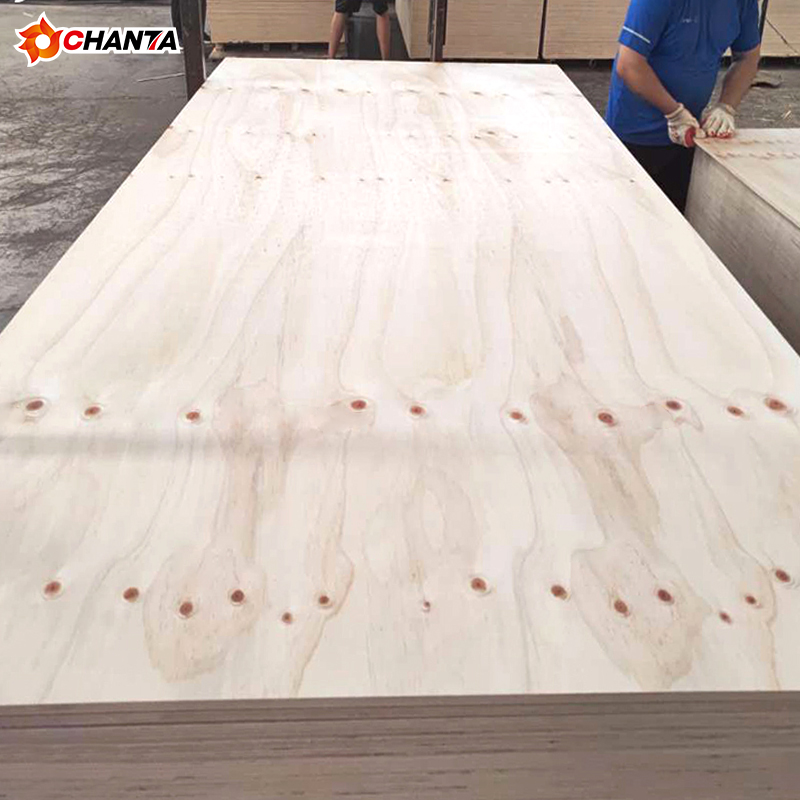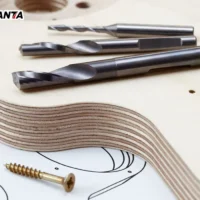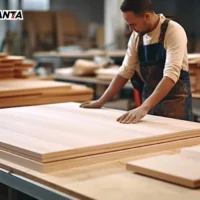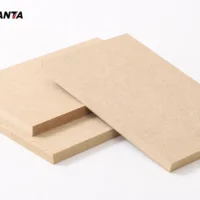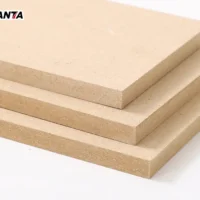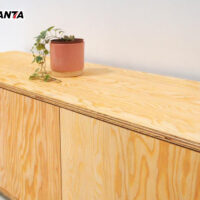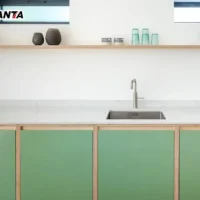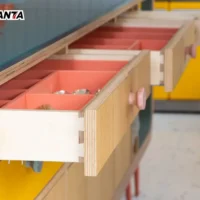Plywood is a versatile wood product with various grades and quality standards tailored to meet different needs. These grades help consumers choose the right plywood based on surface finish, allowable defects, and application requirements. In this article, we’ll explore the commonly used plywood grades, including B, BB, and C, and discuss their environmental standards, such as low formaldehyde emission levels, to help consumers make informed choices.
1. Plywood Grading: B, BB, and C Grades
Plywood is classified into grades based on its surface quality and number of visible defects. This grading ensures that each sheet meets specific quality expectations for different applications.
- Grade B: Grade B plywood is considered a high-quality option, offering a smooth surface with minimal imperfections. This grade may have small, tight knots and minor repairs, but these are usually not noticeable after finishing. Grade B is commonly used for visible applications such as furniture and cabinetry, where an attractive appearance is essential.
- Grade BB: Grade BB plywood is slightly lower in quality than Grade B, with a moderate amount of repairs and visible defects. It may feature patches and larger knots, but these do not typically affect its structural integrity. BB grade is well-suited for areas where appearance matters less, such as the backing of cabinets or partitions, but it still provides a relatively smooth surface.
- Grade C: Grade C plywood is the most economical and has the highest number of visible defects. It may include larger knots, open splits, and a rougher surface. This grade is best suited for structural applications, subflooring, or other areas where appearance is less critical. C-grade plywood is functional but not recommended for decorative purposes.
These different grades allow users to choose plywood that meets both aesthetic and structural needs, depending on the project’s requirements.
2. Environmental Performance and Formaldehyde Emission Standards
As environmental concerns grow, formaldehyde emissions have become a key factor in selection. It is commonly bonded with adhesives that can release formaldehyde over time, impacting indoor air quality. To ensure safety, plywood manufacturers adhere to specific emission standards, classified as E0, E1, E2, and phenolic-bonded grades.
- E0 Standard: This is the strictest standard, with very low formaldehyde emissions, making it safe for sensitive indoor spaces such as homes and schools. E0 plywood is often chosen for residential applications where health and indoor air quality are top priorities.
- E1 Standard: E1 plywood allows slightly higher emissions than E0 but still meets stringent standards for safety. This grade is commonly used for general interior applications, including furniture and cabinetry, where moderate formaldehyde levels are acceptable.
- E2 Standard: E2 plywood has higher formaldehyde emissions and is typically limited to non-residential applications or areas with good ventilation. It is more affordable than E0 and E1 but is less suitable for enclosed or highly sensitive environments.
- Phenolic (WBP) Plywood: with phenolic adhesive, also known as water- and boil-proof (WBP) plywood, offers excellent water resistance and minimal formaldehyde emissions. Phenolic-bonded plywood is ideal for outdoor or high-humidity environments, as it resists moisture and maintains its integrity over time.
By understanding these emission standards, consumers can make environmentally conscious choices that promote healthier living and working spaces.
3. Choosing the Right Grade for the Right Application
Selecting the appropriate grade of plywood involves balancing appearance, structural requirements, and environmental considerations. For example:
- Grade B with E0 or E1 Standards: Ideal for residential and decorative use where both appearance and air quality are important.
- Grade BB with E1 or Phenolic Adhesive: Suitable for general interior construction where aesthetics matter, but higher emission tolerance is acceptable.
- Grade C with Phenolic Bonding: The best choice for exterior applications or environments exposed to moisture, where appearance is less important but structural integrity is crucial.
Understanding these combinations allows consumers to pick the perfect plywood for each project, ensuring durability, safety, and visual appeal.
4. Conclusion: A Versatile, Environmentally Friendly Material
Commercial plywood is available in a variety of grades, each tailored for specific applications and environmental standards. By knowing the differences between grades B, BB, and C, and understanding the significance of formaldehyde emission levels, users can make informed decisions that suit both functional and environmental needs. Whether for decorative furniture or high-strength construction, remains a sustainable, versatile choice in today’s building and design industries.














